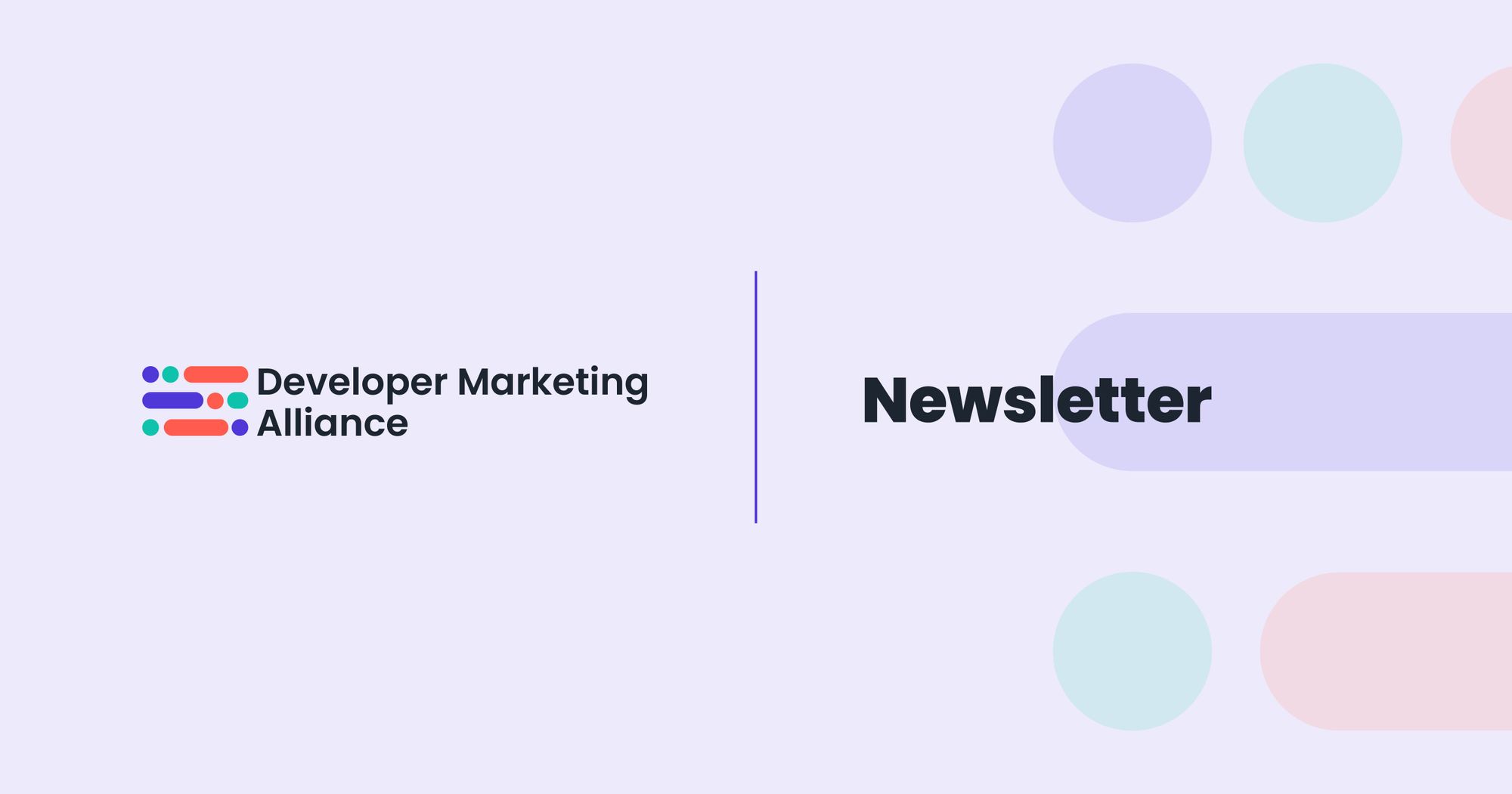The world of developer relations is often in a state of change.
The industry has many takes, but most boil down to relating information, communicating with developers and practitioners of specific technologies, and spreading the information on technologies and philosophies moving toward the cutting edge.
There are many job titles involved here. Developer advocate, community manager, technical evangelist, community engineer…this list could go on for quite a while. But the one title you won’t find is marketer.
Before getting too far into it, this is not a rant about the value of marketing.
The people who know how to reach out to markets and create sales in technology are working hard to bring the bottom line under control and keep things in the perspectives of product.

There is nothing nefarious or negligent about these ideas. Marketing has a purpose: catching the eye of potential buyers, consumers, clients, or users.
But this is where our differences begin. Developer relations is not a marketing function.
We do not get involved with communities for the purposes of commodity and we do not look at community members as market qualified leads (MQLs).
This is not to say developer relations does not lead to sales. By some anecdotal data from various organizations, meeting a developer advocate at the right time lead to signed agreements and money exchanging hands.
Some organizations attribute much of their success to Evangelists heading out in the field to spread the good word to practitioners.
Regardless of intention, it’s likely that DevRel will lead to sales of some sort. But that’s not really the point.
A DevRel team does not and should not have the same aim as a marketing team. Not even a developer marketing team.
Think of it this way: you are a member of a group that thoroughly enjoys fruit that grows on trees. You have events celebrating fruit that grows on trees, both locally and on a national level.
You, and everyone in the community, really enjoy when a person from somewhere else comes to talk about how they enjoy fruit that grows on trees and have you checked out bananas?
This person really loves bananas and they may not be for everyone, but they are the latest in tree fruits.
This person just wanted to share their tree fruit related story and see if anyone else was into bananas, maybe find out if people had tried some bananas and what they liked or didn’t like about the bananas they tried.
Maybe get a few more people to check out some free bananas.
On the other hand, there is a company behind this person. There is team who really needs the fruit grown on trees communities to start buying bananas.
Sure, a few free samples or cool, but they need people paying, not just for regular bananas, but some super premium banana customers would be good too.

They aren’t members of the fruit that grows on tree community, though they show up at a few of the larger events.
They are people wanting the community to think of bananas first and purchase them above all other fruit grown on trees.
The difference here is subtle, but it’s there. For successful community interactions, developer relations practitioners cannot be held to goals and metrics like a developer marketing or technical sales team.
The benchmarks of developer relations are in conversations had, minutes and hours spent listening and learning with community members, ability to communicate the ideas of the product or company and to reflect the ideals of the community to their organization.
These teams often work together, hand in hand.
It’s not a stretch to say DevRel has a responsibility to ensure developer marketing is successful insomuch as being the voice of the community, enlightening them on trends and preferences to provide guidelines for marketing campaigns.
That said…the two disciplines are not the same, and should not be confused as being the same effort or as having the same goals.
Psst.. Want more expert content from developer marketers? Sign up for our monthly newsletter!






